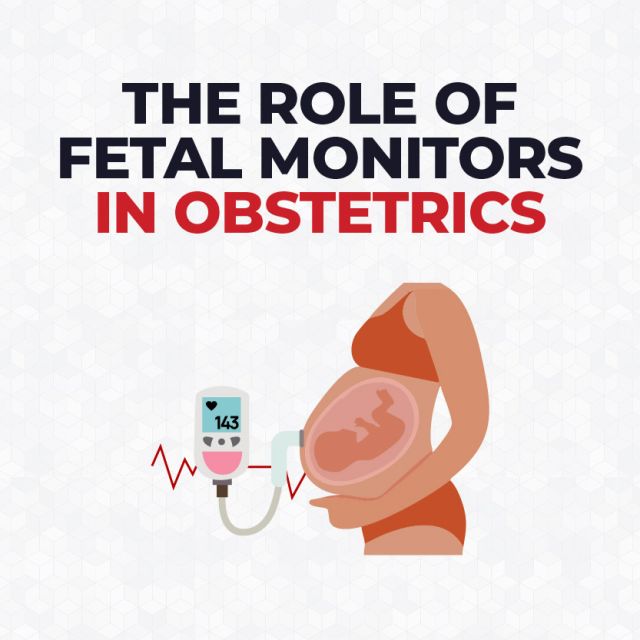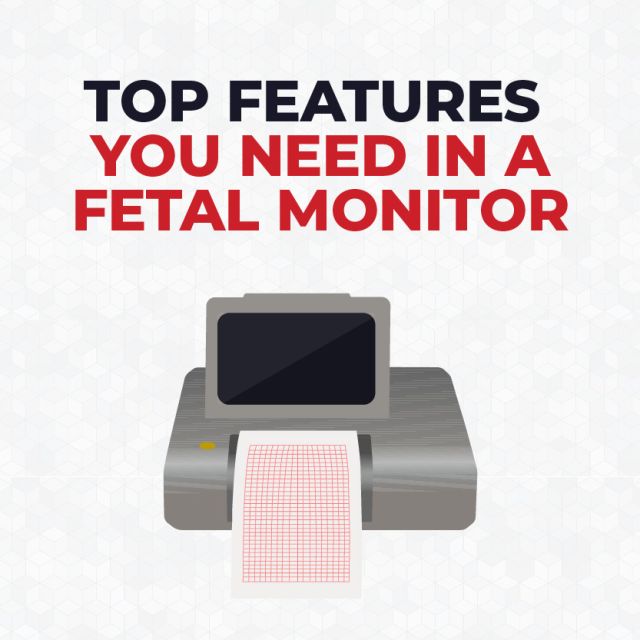What is Fetal Monitoring?

What is Fetal Heart Rate Monitoring?
Fetal monitoring measures the heart rate of a developing baby and traces uterine contractions using fetal monitors. Healthcare providers can monitoring the baby’s heart rate to ensure it’s not abnormal. Fetal monitoring is especially important for high-risk pregnancies to detect any changes in the fetal heart rate.

What are the Methods of External Monitoring?
Electronic fetal monitoring tracks the baby’s heart rate and determines the strength and duration of the mother’s contractions. External monitoring is most common continuous monitoring used. There are 2 methods of external fetal monitoring during pregnancy and/or labor: auscultation and electronic fetal monitoring.
Auscultation
Auscultation is the practice of listening to the fetal heartbeat using a fetoscope. Doctors typically use auscultation in low-risk pregnancies when electronic fetal monitoring isn’t necessary. If a physician suspects there is an abnormality, they may switch to electronic fetal monitoring.
Electronic Fetal Monitoring
Electronic Fetal Monitoring involves using fetal monitors and fetal dopplers to record and measure the fetus’ heartbeat and uterine contractions. Additionally, electronic fetal monitoring can detect abnormal heart patterns, such bradycardia and tachycardia.
What If The Fetal Heart Rate Pattern is Abnormal?
An abnormal fetal heart rate may indicate that the baby isn’t receiving enough oxygen. However, an abnormal fetal heart rate pattern doesn’t always mean there is a present issue. An OB/GYN might further test to determine what’s causing the abnormality.







